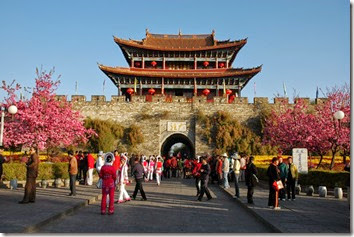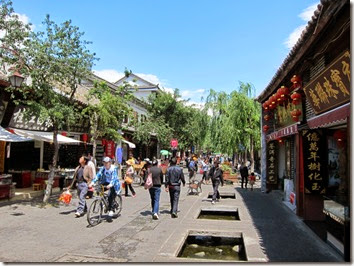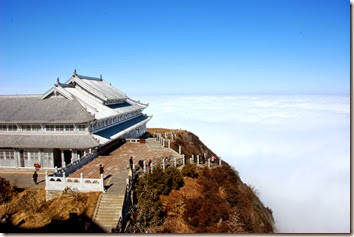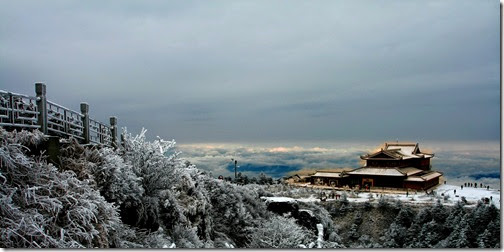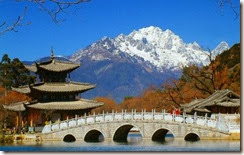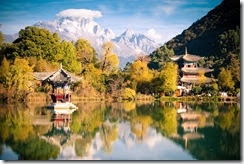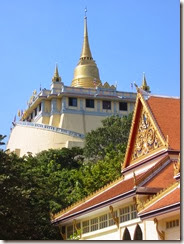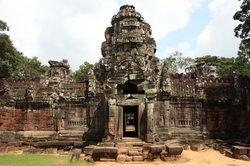Mogao Grottoes is also called the Thousand-Buddha Grottoes of Dunhuang. It lies at the foot of Mingsha Hill, 25 kilometers away from Dunhuang, Gansu Province. Mogao Grottoes is one of the three most famous grottoes in China. The others are the Longmen Grottoes in Luoyang and the Yungang Grottoes in Datong. Mogao Grottoes is famous for its exquisite murals, beautiful sculptures, long history and large scale. Welcome to China, Chinatourguide.com is pleasure to provide service for your China tours, We also provide Thailand tour packages or Cambodia tour packages.
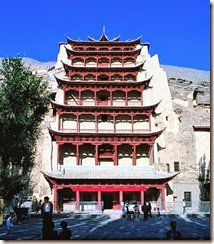
The Mogao Caves was discovered by accident. In 1900, a Taoist priest named Wang Yuanlu came across a door sealed by bricks. Upon opening it, he found a number of white parcels. Wang had no idea that he had opened a door that would shock the world and lay the foundation for a significant new area of study. The poor priest simply wanted to sell some scriptures and relics for money.
Two Song-dynasty paintings on its walls show Bodhisattvas on a journey. This is the latest evidence of use of the cave and from this it can be surmised that around the beginning of the eleventh century, when the Western Xia people invaded this area and conquered Dunhuang, monks at the Mogao Grottoes prepared to flee. They sealed the cave and never returned. For nine hundred years, the room was silently shut off from the world. In the year 1900, when the passageway was being cleaned of debris, this stone archive full of sutras, books, embroideries and sculpture was suddenly discovered. It had some 50,000 items in it and these were later found to include not only a large number of Buddhist sutras, but also Daoist works and works of the Confucian canon, in addition to historical records, poetry, literature, information on geography, population, business accounts, calendars and so on. It was discovered to be a full library containing material that documented some ten dynasties, from the Jin in the 4th century to the Song dynasty.

